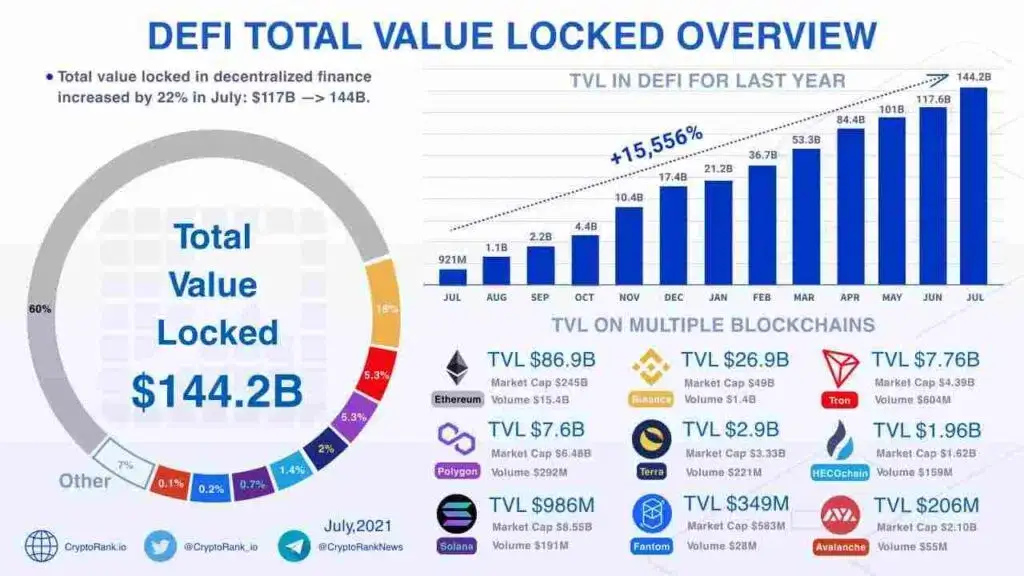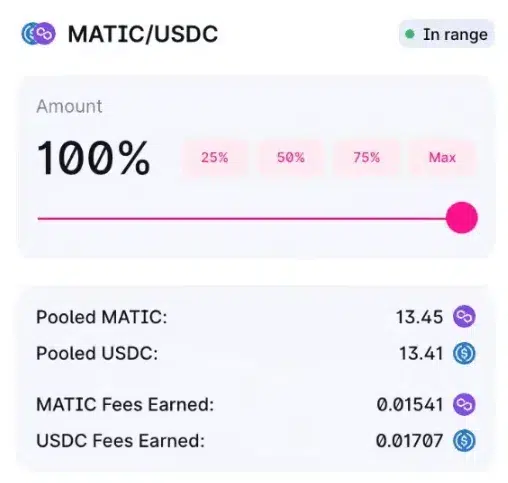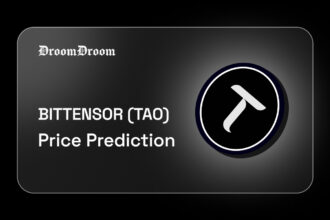In the blockchain technology, especially DEXs, data analytics is a vital philosophy. This concept comes in handy to help in accessing decentralized exchanges (DEXs) for purposes of decision making. In this article, we will explore DEXs with on-chain analytics.
Decentralized Exchanges (DEXs) are peer-to-peer marketplaces where holders can buy or sell cryptocurrencies in a non-custodial manner or rather, without the need for an intermediary to facilitate the transaction. Traditionally, banks, payment processors and brokers acted as financial intermediaries. However, DEXs have come to replace these intermediaries by utilizing smart contracts that allow decentralized exchange of assets.
Crypto transactions from DEXs are freely accessible thus making them suitable for data analysis. Basically, this means that you can extract and analyze data from the peer-to-peer marketplaces and analyze it – which is rather called on-chain analytics or analysis. Evaluating DEXs with on-chain analytics gives you access to open financial data which allows you to acquire important insights on market trends, behavior of investors and general sentiments.
The Rise of DEXs and Why On-chain Analytics on Them?
The introduction of decentralized finance (DeFi) and the commitment of developers to create user-friendly and more accessible solutions for crypto trading, has contributed greatly to the rise of DEXs through driving development of new platforms and features. This has made decentralized exchanges gain significant attention in the dynamic world of cryptocurrencies and blockchain technology. For instance, the total volume of trades on decentralized exchanges s has hit $2.287 billion from $1 billion in 2022.
So why perform on-chain analysis on DEXs? By leveraging real-time data, on-chain analytics or analysis on DEXs provides insights on how healthy the market is and user behaviors. On the other hand, on-chain data analysis on decentralized exchanges will help you to identify investment opportunities.
How to Analyze DEXs with On-chain Analytics Data
You can use several metrics such as transaction volume, active addresses, total value locked, and supply distribution in relation to the price action of an asset to analyze on-chain data on decentralized exchanges. In this section, we’ll look at these metrics in detail.
Transaction Volume
Transaction volume on a DEX indicates the total number of transactions carried out on the market within a given period. You can use this metric to assess the level of activity on the network and the demand levels of assets.
Through on-chain Analytics or analysis of transaction volume, you can get insights on market trends and user behavioral patterns. You can analyze and track daily or weekly transaction volume on the decentralized exchange and the average transaction size and fees to evaluate transaction volume.
Active Addresses
Analyzing active addresses on a DEX can provide insights on user management and adoption of assets. Within a specific period, an increase in the dynamic active addresses shows growth in terms of market user base while a decrease may indicate low interest and adoption.
When performing on-chain analysis via active addresses, it’s good to compare it with other metrics such as transaction volumes. Like transaction volume, you can analyze and track unique active addresses on the decentralized exchange either on a daily basis or weekly basis.

Total Value Locked
The total value locked (TVL) metric can be used to measure the total value of assets locked in dApps and smart contracts on decentralized exchange. You can use it to analyze the level of usage and adoption of dApps and adoption of assets. To analyze TVL you can track daily or weekly value of assets locked on dApps and the number of transactions and users on the DEX.
To identify trends and patterns on user behavior, you should compare TVL on different dApps and DEX. A tool like Defi Llama offers the capability to compare on-chain TVL across different decentralized exchange markets.
Supply Distribution
Supply distribution on a DEX shows the concentration of tokens and the level of decentralization. In other words, supply distribution shows the total supply of cryptocurrencies among holders on the DEX market.
An evenly distributed supply depicts a more decentralized market while a high concentration of tokens amongst few holders depicts high centralization. When it comes to analyzing supply distribution, you can track both the number and size of wallets holding a specific percentage of the total supply.
DEX On-Chain Analytics and Impermanent Loss Simulation
When it comes to DeFi, offering liquidity is extremely important. Nonetheless, you should consider other factors like impermanent loss which might occur when a pool is forced to readjust its assets to keep a value equal to the paired tokens. The result of this is loss of tokens for the LP in case the value of one token changes in relation to its pair.
With on-chain return on investment (ROI) calculators, analysts can easily estimate impermanent loss per ROI based on on-chain events. Basically, these on-chain calculators help in tracking impermanent loss in terms of your assets’ liquidity.

An on-chain calculator like the one above calculates and compares the ROI based on the input amount. The indicator simulates the LPing scenario of the tokens instead of holding them. For instance, with an initial deposit of 15.05 MATIC and 12.08 USDC, the total value for the remaining pool tokens is $24.98 (11.57+13.41) at current exchange prices. On the other hand, the pool will earn $0.03 in fees and without the fees, the liquidity pool will have an impermanent loss of $0.04.
Conclusion
The privacy and security offered in DEXs is making them an attractive option for most crypto traders looking to earn rewards from their assets through creating liquidity. This has seen the decentralized marketplaces become central pillars of the crypto ecosystem. However, watching and tracking DEX marketplaces is an integral strategy for you to gain profits. Even though technical and fundamental analysis offer insights to market trends, extracting data directly from on-chain sources can provide you with a bird’s view of the marketplace.
Did you know that you can own a fraction of an NFT? Learn more about fractional NFTs in this guide!
Frequently Asked Questions on Evaluating DEXs With On-Chain Analytics
What are the Indicators of On-Chain Analytics?
On-chain analysis uses data to determine trends and gauge the market sentiment through monitoring how funds move on DEXs to detect possible investor opportunities. This form of analysis uses metrics such as transaction volume, total volume, supply distribution and active addresses in relation to price action of assets. The primary on-chain indicators include realizing profit or loss, supply of profit or loss and DEX market capitalization.
What are the Best Tools for DEX On-chain Analysis?
There are several on-chain analysis tools that you can use to make your DEX analysis. Some of these tools include: DeFi Llama, Glassnode, Dune Analytics, Nansen and CryptoQuant. When it comes to choosing the best on-chain analysis tool, consider factors such as rates (whether free or paid for) and your data needs as most offer distinct analytical features.
What Does Off-Chain Analysis Mean?
Off-chain analysis is the evaluation of transactions that occur off the blockchain especially between cryptocurrency exchanges and other participants in the market. Off-chain data analysts often evaluate data on sending and receiving entities, assets being traded, and the smart contracts in use.



















